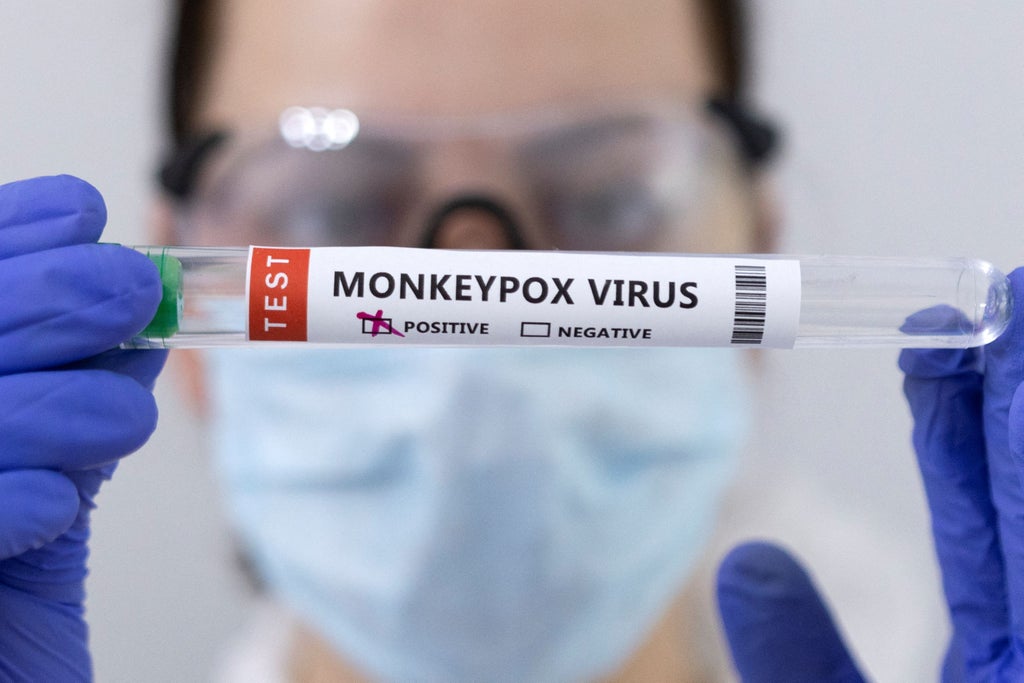
A baseless conspiracy theory blaming the US for creating monkeypox in a lab is spreading on Chinese social media amid the global outbreak of the disease.
Conversations about monkeypox have trended on the Weibo social messaging platform for multiple days in a row, with more than 51m views on a hashtag about two suspect US cases.
Some of the discussion seen on Weibo has also reportedly pointed to conspiracy theories about the origins of monkeypox, which is usually found in central and west Africa.
One theory pushed by a Chinese influencer with 6.42m followers had more than 7,500 likes and 600 comments. The post detailed “a plan by the US to leak bioengineered monkeypox virus”, which included a manipulated document, Bloomberg reported.
Other Weibo users have also criticised the US for the monkeypox outbreak despite the virus having existed in central and west Africa for decades. It was originally discovered there in the 1950s.
“If the US let loose the virus to spread around the world, it’s harming the global health of people,” another Weibo user wrote, according to Insider. “The US should be reprimanded by the international community and made to pay compensation”.
Another added: “The US is known for creating viruses to harm the entire globe”, in comments similar to baseless accusations by Chinese media and social media figures about the origins of Covid-19.
Monkeypox cases have now been reported in 19 countries around the globe, with the World Health Organization (WHO) confirming more than 130 cases on both sides of the Atlantic as well as in Israel and Australia.
Scientists and health experts are currently looking into why the virus has appeared beyond central and west Africa, in what has labelled a “random event” by the WHO.
The US Centers for Disease Control and Prevention (CDC) says monkeypox is spread by coming into close contact with an infected animal or person, and mainly through respiratory droplets.
That means “prolonged face-to-face contact is required”, the agency says.
Monkeypox has been known to cause fatalities in one in ten cases in Africa.







